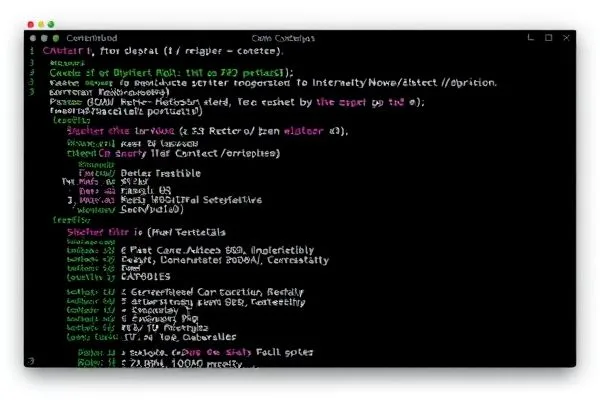The recent disclosure of a significant vulnerability within the FreeType open-source font rendering library has raised alarm within the cybersecurity community. This flaw, identified as CVE-2025-27363, presents a serious risk for systems utilizing affected versions, allowing for potential remote code execution. This post delves into the technical details of the vulnerability and offers guidance on mitigation strategies.
Key Takeaways:
- This vulnerability poses a high risk due to its potential for remote code execution.
- Users should be diligent in upgrading to the latest FreeType version to safeguard against exploitation.
- Affected Linux distributions must prioritize patching to prevent unauthorized access.
Understanding the Vulnerability
The vulnerability in question is classified as an out-of-bounds write flaw, which occurs in FreeType versions 2.13.0 and below. When parsing font subglyph structures related to TrueType GX and variable font files, the vulnerable code allocates insufficient memory due to a data type mismatch, leading to potential exploitation. Specifically, by assigning a signed short value to an unsigned long, it becomes susceptible to heap buffer overflows, allowing malicious actors to gain control through arbitrary code execution.
Meta has confirmed that this bug may have already been exploited in the wild, although detailed information about the attackers or the scale of such incidents remains undisclosed. The prompt identification of vulnerable systems is crucial, as several prominent Linux distributions are still utilizing outdated versions of the library, leaving them exposed to this risk.
Recommended Mitigation Strategies
To counter the threat posed by CVE-2025-27363, immediate action is essential for all impacted users. The following measures should be taken:
- Upgrade to FreeType version 2.13.3 or higher: This version is patched and no longer susceptible to the aforementioned vulnerability.
- Conduct a comprehensive systems audit: Verify all running Linux distributions against the list of known vulnerable versions, including AlmaLinux, Ubuntu 22.04, and others highlighted in security advisories.
- Implement ongoing monitoring: Establish security protocols to regularly check for updates and vulnerabilities within open-source libraries used across your infrastructure.
Available information and ongoing security updates can be found in detailed advisories, such as those posted on the official FreeType website.
Conclusion
The identification of the CVE-2025-27363 vulnerability underscores the continual necessity for vigilance in cybersecurity. By understanding the vulnerability’s implications and promptly taking corrective actions, organizations can effectively mitigate their risk and uphold secure system integrity. Adopting a proactive approach to system updates will fortify defenses against potential exploitation.









